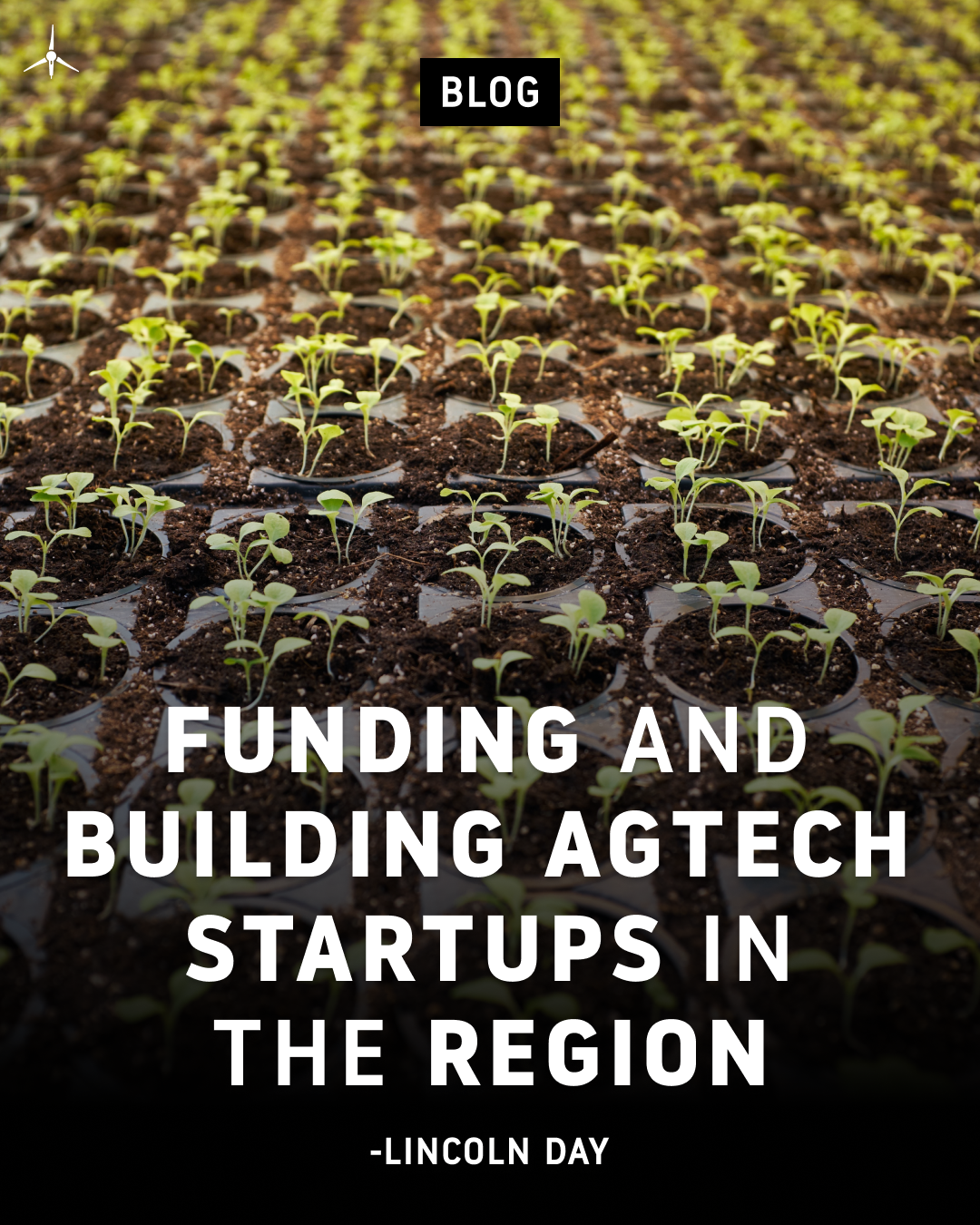Blog
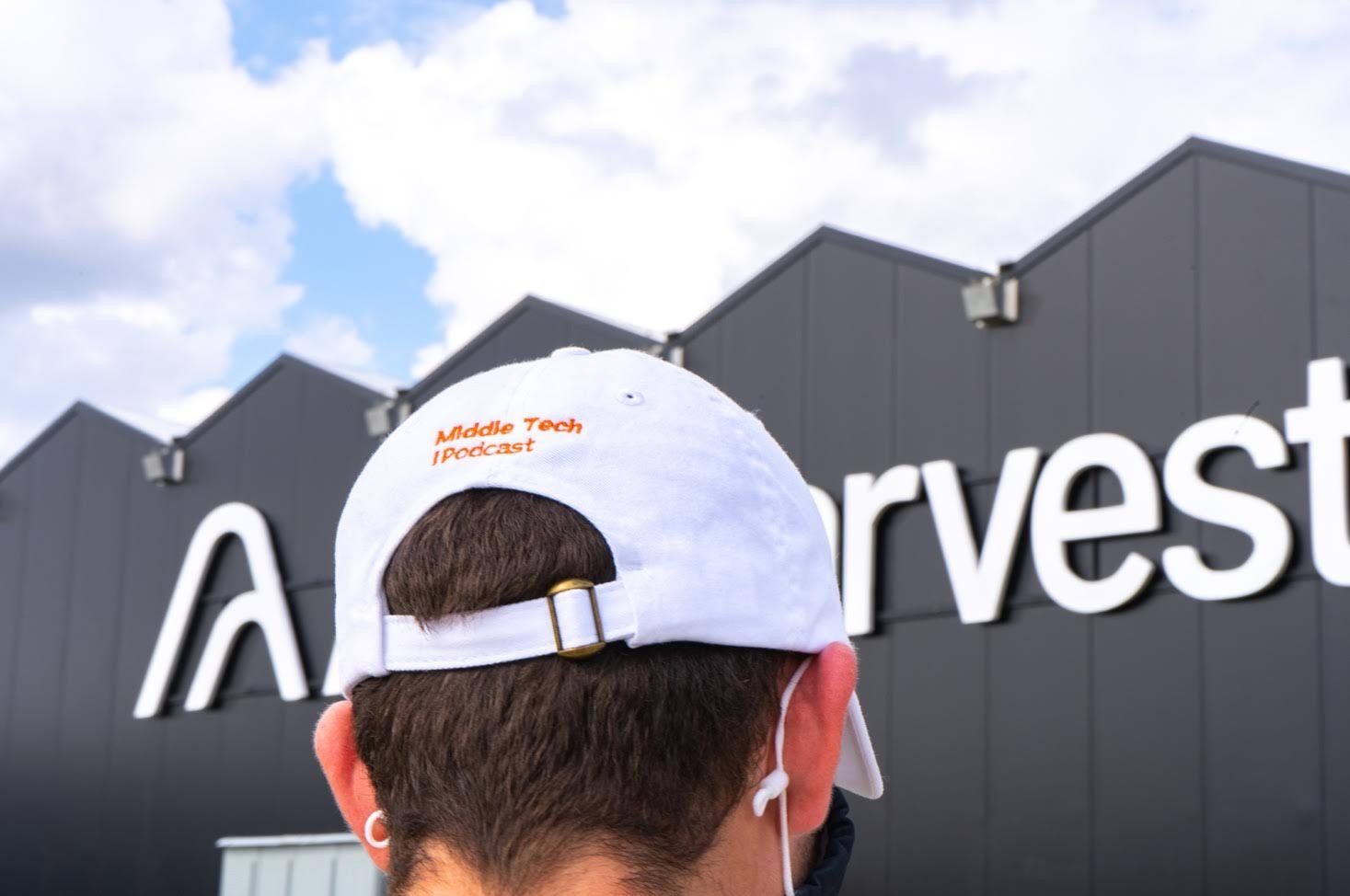
What happens when you have zero percent interest rates, ESG, stimulus money, COVID, and SPACs colliding all at once? AppHarvest. AppHarvest’s SPAC and rocket ship success now appear to be a malicious cash grab by investment bankers and global elites enabled by the highly controversial ESG (Environmental, Social, and Governance) movement. Whether the founding team was aware of what would eventually happen, I cannot be sure; however, I do know there has been poor execution from the leadership team and bad actors like Jeffrey Ubben, who infiltrated the company early to use it as a financial vehicle to quickly cash out millions dollars while the state of Kentucky and everyday retail investors were left holding a falling knife. Like everyone, I was initially bought in. The state was bought in. The media was bought in. We all bought into AppHarvest. It's amazing how far saying all the right things will get you. Entrepreneurs and politicians have this gift. They communicate their visions to rally people behind them, and Jonathan Webb is a master of the craft. He masterfully leveraged his experience in DC, free capital, SPACs, the ESG movement, and the narrative of a struggling state (Kentucky) to raise $1.5 Billion dollars in less than 5 years for a dream manifested on a whiteboard years before. Props to him for making his dream a reality… seriously. I want to have empathy for a fellow entrepreneur and don’t want anything to come across as an attack. Give the man props, BUT the problem with dreams is that you have to wake up to face reality. Facts are the facts and reality is setting in… Middle Tech had Jonathan on the podcast in the early days before any construction started and they had a small team that had just finished raising a $100 million Series A. I left that interview having mixed feelings. I was super excited for the state and for Jonathan’s team, and I walked out of the interview saying “He felt extremely scripted like a politician.” I don’t like politicians very much by nature, but I quickly looked past it because I’m not one to judge based on a first encounter and founders tend to develop scripts when they raise capital. I know I have with my own company.
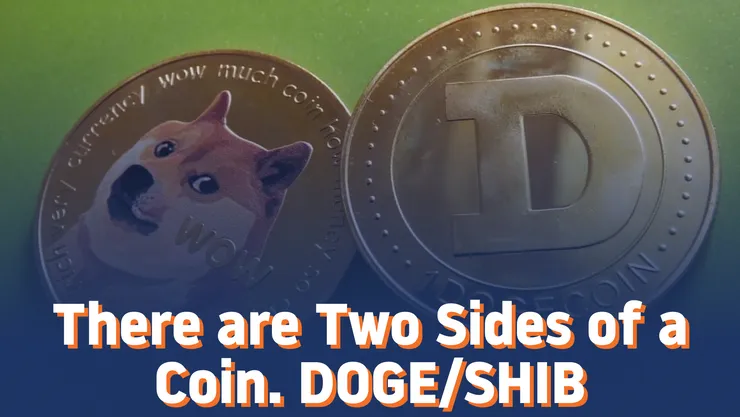
There are two sides of a coin. At least that was my rationalization as to why I failed to transition from SHIB to DOGE in the previous article before edits. I conflated the two because, well, I conflate them. They are linked in my mind and as they are in the memes. Just as a dog pack has the alpha and omega, dog coins have DOGE and SHIB. Crypto heralds a new age of currency, and it behooves us to attempt to get a grip on what currents are moving just under the surface. In the moment-to-moment flotsam and jetsam of Twitter, there is an ever-present struggle to separate the wheat from the chaff, artistry from con-artistry. This grappling with what constitutes real currency eerily mirrors the 20 th Century’s grappling with what constitutes real art. My attention went from a casual observer of crypto on the periphery to a keener interest, when SHIB made a billionaire of a mysterious whale. The victory was short-lived with one tweet from Musk answering the question of how much SHIB he held: None. The subsequent crash led to discourse about the value of crypto as a whole, and much trashing of SHIB INU. Interesting that SHIB took all the heat for being a shit coin and was an obvious “bad boy” in the crypto space with the audacity to claim value where none was “deserved”, while DOGE was spared the infamy. Just as SHIB was devalued by the influence of Musk, DOGE has been lifted to the point of tender to acquire merch from Tesla. As of the time of writing, Mcdonald's is now the point of focus of pressure from the DOGE community to accept DOGE coin. To accept the inevitable. And in the process, become part of the discourse. Obviously, we are adrift in a time of great uncertainty. Just as thick fog surrounds a ship, multitudes of articles and conjectures obscure the ability to chart a course with any confidence. If you do find yourself in a state of analysis paralysis for too long, consider flipping a coin.
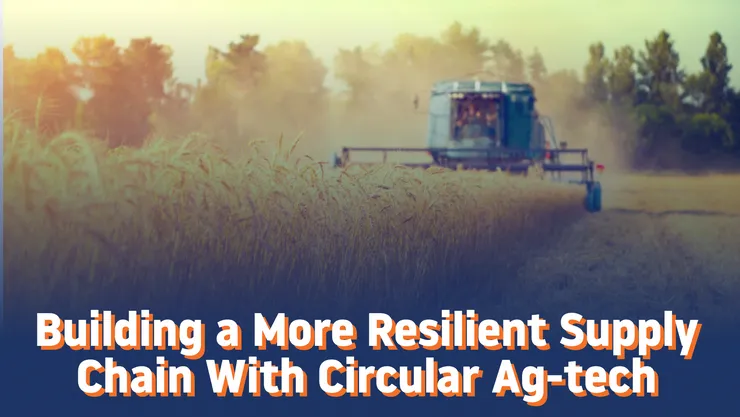
Ag-tech and the food supply chain have been at the forefront of investors’ minds since the COVID-19 pandemic began in early 2020. Grocery and worker shortages forced businesses to rethink their supply chain and production models to include a more resilient system. During pre-pandemic life, many parts of American company's supply chains included international entities - even companies like Kroger imported produce from Mexico. When companies were mandated to close during the pandemic, there was a realization that just because the supply chain model was efficient doesn’t mean that it is resilient. Now, companies like AppHarvest and Full Harvest are showing that it’s possible to bring food production back to the United States using new and existing technologies. This is great – and it’s something that all of us should advocate for in all industries, not just agriculture. However, what isn’t being discussed is what happens to all of our American-made food and produce once it’s thrown away? Landfills are nasty places. They smell and are large emitters of both air and ground pollution. Most of the emissions consist of two compounds: carbon dioxide (CO2) and methane (CH4). According to the EPA landfills are the “third-largest source of human-related methane emissions in the United States.” First are Natural Gas and Petroleum Systems, followed by enteric fermentation [read cow burps]. There are companies that are working on carbon capture and methane reduction in the oil and gas industry as well as companies that are developing livestock feed that decrease the emissions of flatulence But what isn’t happening on a large scale is landfill diversion of food waste.
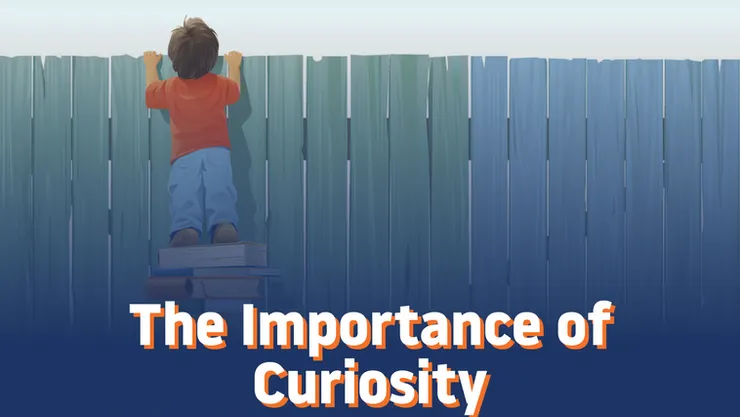
Curiosity, in many ways, is what it means to be human. The definition of curiosity is the strong desire to know or learn something - curiosity has been driving humanity forward since humans first emerged on earth and are responsible for the exponential rate at which technology is improving and developing. We seek to understand, and as we understand, we naturally want to constantly improve, develop, and expand our understanding of the world. You'd probably be hard-pressed to find an entrepreneur that is not naturally curious. Collectively, human curiosity has led to a staggering amount of innovation and countless improvements in how we live our day-to-day lives. But something I've been thinking about recently is the role that curiosity can play in an individual's life, as I've seen it do some pretty interesting things in my own life. While some of us are much more prone to curiosity than others, I view it as something that can be cultivated and practiced. I view it as the base from which creativity can emerge and opportunities can present themselves. Although I'm still young and have a lot more life to live, it's easy for me to look back and see the paths that curiosity started me on that led me to where I am now. From there, I enjoy extrapolating out 5 to 10 years and manifesting where my curiosity could take me. It gets me excited for the future and allows me to stay consistent and inspired by what goes on around me. So, take this as advice, take it as a glimpse into how I view the world, or hopefully, let it spark your curiosity in your own way. When I was a kid, I had an insatiable curiosity for the world. I climbed trees, explored creeks, and did my own "science experiments". I had great parents and friends that encouraged that curiosity and because of that, I began to view my curiosity as one of my favorite traits about myself; it became an integral part of my personality. My curiosity lead to (mostly good) risk taking and naturally finding myself outside of my comfort zone. When you combine curiosity with an action bias and affinity for risk-taking, it becomes a compounding effect that can take you to some cool places. If I were to give advice on using curiosity as a force for good in your own life, I would tell you to try and form what I'm going to call "The Curiosity Opportunity Cycle". Become really in tune with what piques your interest and inspires you to learn on your own, outside of the classroom. Once you have some glimpse of something that you think is interesting, dive in headfirst. Immerse yourself in the community through books, podcasts, tweets, blogs - set up systems that allow you to learn frictionlessly (curate your social media, subscribe to newsletters, make friends that are interested in the same things). The reason I say dive in after just a glimpse is because once you set down a path of learning about anything, you will have so many opportunities to branch off to different tangents to follow your curiosity. You just have to get your mind in motion, you can't sit around waiting for some incredible idea to grip you because you'll be waiting too long. From there, you have to choose action over inaction. Say "Yes" to as much as you possibly can while you're young and energetic (but be conscious of balance). As you say yes more, watch out for new opportunities and connections to appear. Use this to fuel your curiosity and continued learning. This is when the cycle really kicks off. Here's a rough diagram of what the cycle looks like:
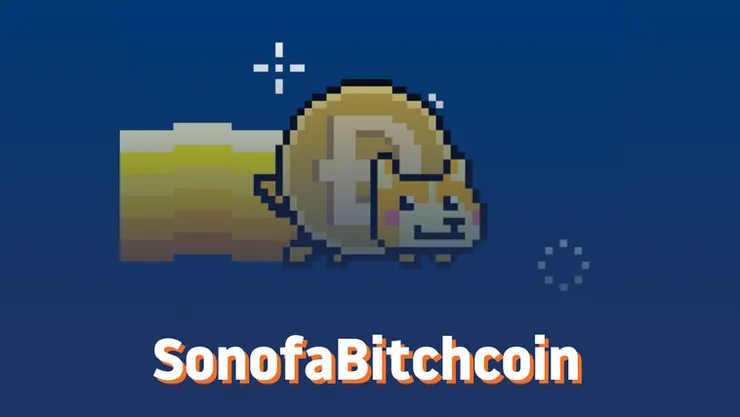
Worthless…false value… contributes nothing to society…joke. These disparaging remarks were made in reference to the Shiba Inu Coin at peak SHIBI. I would have agreed wholeheartedly myself, but I was given pause. Something felt disconcertingly familiar about the attitude and the verbiage surrounding the coin. Floating in my mind’s eye was an inverted urinal rudely signed R. Mutt. And yes, it was every bit as unpleasant as it sounds. The inverted urinal, titled “Fountain” by French artist Duchamp, caused quite the uproar in 1917. It was deemed a loathsome afront and a tasteless joke at the time. The very idea of a ready-made sculpture, a mass-manufactured object taken from its original context and recontextualized to an elevated art object by the will of the artist, was preposterous. Today Duchamp is touted as the father of the ready-made and the moment he submitted his piece to the Society of Independent Artists is the greatest damn moment in art history. By the way, never disagree with an Academic in the Arts about this fact. They will fight you. Invoking “Western Chauvinism” is the only known counterattack. It was a revolution and a revelation! The value was not in the object itself but in the concept of liberating the object from its original context. It freed artists, for better or worse, to create value from that which is deemed valueless. And there lay the utility. Just as the utility is not in the SHIBI itself but in the values and behavior of the community holding the coin. A ready-made currency. Could it be that SHIBI is to “Fountain '' as Musk is to Duchamp? Several labels have been slapped on Elon, but the conceptual artist doesn’t seem to be one. That is surprising as he is a manically creative workaholic with personality traits that usually coincide with the artist archetype. Conceptual art is not about the object, material, skill, or subject. It is all about the discourse of the artist, curator, gallerist, institution and audience surrounding the work. What Musk has been doing with crypto on Twitter is choosing a ready-made currency and elevating its value by creating discourse around the coin. Yeah, it’s just a joke though, right? Yes. Just as “The Comedian”, by Maurizio Cattelan, is just a joke. Jokes have been doing big business in the art markets of Western countries for decades. The very fact that it is a joke is why it should be considered more seriously. This is not to say one should break the piggy bank open and snatch up as many Musk Bucks as possible. However, this may be indicative of the developing creator economy where many investors are collectors more interested in cultural and historical artifacts, physical or digital than monetary returns exclusively. What kind of brave new economy would a currency with the intrinsic value of modern art create? Mr. Musk is even following the provenance of ancient coinage in his favoring of Dogecoin, as there is a long history of mankind putting our best friends on our monies. Check out this super interesting bit of visual history: Forget Shiba Inu and Dogecoin, these 5 ancient dog coins got there first (protos.com)
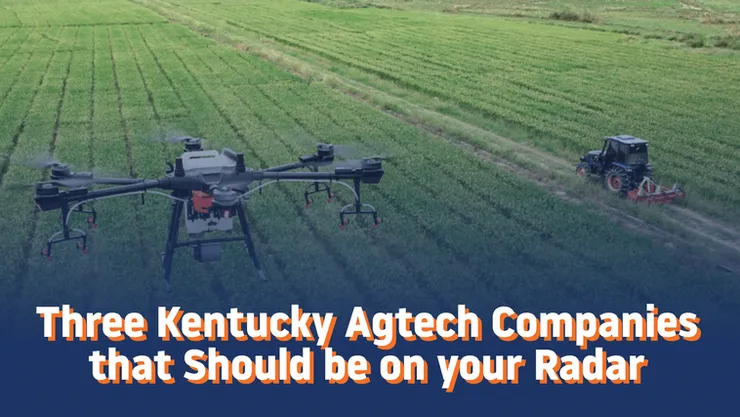
The state of Kentucky is poised to be a leader in what will likely be a trillion-dollar Agtech industry. The importance of a resilient food system cannot be understated, and the COVID-19 pandemic exposed weaknesses in our existing food system. A lot of attention has been directed towards AppHarvest, and for good reason. They are revolutionizing agriculture and innovating new ways to grow food and distribute it efficiently. However, there are Agtech start-ups that rely on a traditional farming base that have the know-how to raise plants from seed, harvest them, and deliver them to the downstream entity. Three of those companies are headquartered right here in central Kentucky and range from plant-based medicines to labor-reducing equipment manufacturers. A1 Ag Implements A1 Ag Implements was founded around the idea of building a device that could cut labor hours for weed removal in large fields of produce, tobacco, and hemp. Taylor and Travis Cooper, two brothers from Kentucky along with Cody Arvin, are life-long farmers. They believe that in order to stay profitable in farming, you must mechanize and cut costs. Initially dubbed the “hemp-hawk” the Cooper’s and Cody started with a single row weeder that was designed specifically with hemp in mind. After initial success selling smaller versions of the hemp-hawk, they have scaled up to as large as eight rows and are selling the hydraulic weeding system to organic row crop farmers that grow anything from peanuts to peppers. Artemiflow Artemiflow is a technology-based start-up that uses extracts from a plant called Artemisia Annua to treat malaria, cancer, and other diseases. The extract, artemisinin, is one of many derivatives that the Artemisia plant contains. Artemiflow has a patented extraction model that is more efficient and environmentally friendly than existing processing and extraction models. Artemisinin has been consumed in China for generations. It also has been used in medications to treat malaria in Africa. However, recent studies in the United States have shown promise for the extract to be effective in COVID-19 treatments and even some types of cancer. At this point, the production of the Artemisia plant is very labor-intensive. That is one reason Artemiflow has decided to focus its clinical and production trials in Kentucky. The grower base here is very skilled at producing labor-intensive crops efficiently and is eager to continue that trend with the exit of tobacco and hemp. RedLeaf Biologics RedLeaf Biologics is another technology-based start-up. However, instead of an extraction-based technology, RedLeaf boasts a genetically engineered plant variety that was identified after many trials of lab work performed by founder Seth DeBolt. RedLeaf is a type of sweet sorghum plant that contains a red leaf instead of the typical green leaf found on most other varieties of sorghum. What is unique about RedLeaf’s plant is that the red pigment found in the leaves can be extracted and used in many consumer products. From snack foods to cosmetics the red pigment is a great natural alternative to synthetic food colorings. Unlike other sorghum plants that use the stalk for the final product, RedLeaf uses the leaf. This makes the production process similar to tobacco, therefore it is a great candidate for yet another crop that Kentucky farmers can grow. However, like all innovative companies, the need for capital to further develop and scale these technologies is more important than ever. The state government has indicated that Kentucky wants to be a leader in ag-tech, but it’s up to the entrepreneurs, institutions, and most importantly the investors to seize this opportunity and commit to being a market leader in ag-tech. As we like to say at Middle Tech, “we are still in the early innings” and now is the time to be a leader in innovating the farming process in not only Kentucky but the United States as well.



